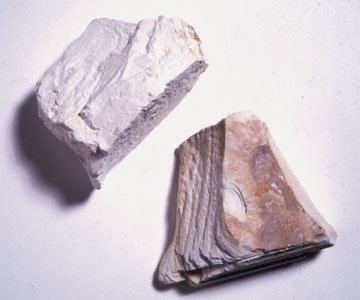 | ||
Kaolin clotting time (KCT) is a sensitive test to detect lupus anticoagulants. There is evidence that suggests it is the most sensitive test for detecting lupus anticoagulants. It can detect factor VIII inhibitors but is sensitive to unfractionated heparin.
Contents
History
KCT was first described by Dr. Margolis in 1958.
Principle
KCT is similar to the activated partial thromboplastin time test, except it does not use exogenous phospholipid. Thus, a confirmatory test that uses excess phospholipid is needed to validate the presence of lupus anticoagulants.
Kaolin is the surface activator, and the test also requires small amounts of cell fragments and plasma lipids to provide the phospholipid surface required for coagulation. Therefore, the sample quality is important for the validity of the test.
Method
The test combines a test plasma with kaolin, and the time the clot (in seconds) is measured.
Interpretation
If the KCT is less than 60 seconds, this suggests that the normal control plasma is contaminated with platelet fragments; therefore, the test is not valid.
The KCT test/control ratio of greater than or equal to 1.2 indicates an inhibitor is present. If the test/control ratio is between 1.1 and 1.2, the test is equivocal.
